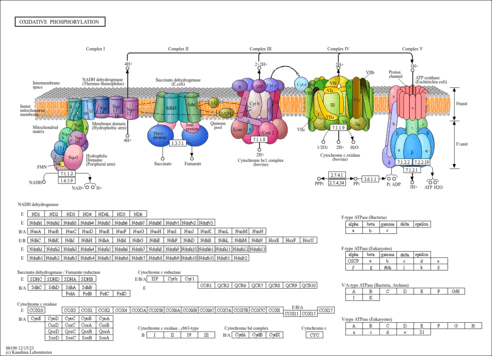Mrv1652309042000212D
2 1 0 0 0 0 999 V2000
11.1056 -6.0445 0.0000 H 0 0 0 0 0 0 0 0 0 0 0 0
11.9306 -6.0445 0.0000 H 0 0 0 0 0 0 0 0 0 0 0 0
1 2 1 0 0 0 0
M END
> <DATABASE_ID>
HMDB0001362
> <DATABASE_NAME>
hmdb
> <SMILES>
[H][H]
> <INCHI_IDENTIFIER>
InChI=1S/H2/h1H
> <INCHI_KEY>
UFHFLCQGNIYNRP-UHFFFAOYSA-N
> <FORMULA>
H2
> <MOLECULAR_WEIGHT>
2.0159
> <EXACT_MASS>
2.015650064
> <JCHEM_ACCEPTOR_COUNT>
0
> <JCHEM_ATOM_COUNT>
2
> <JCHEM_AVERAGE_POLARIZABILITY>
0.7414234180599918
> <JCHEM_BIOAVAILABILITY>
1
> <JCHEM_DONOR_COUNT>
0
> <JCHEM_FORMAL_CHARGE>
0
> <JCHEM_GHOSE_FILTER>
0
> <JCHEM_IUPAC>
dihydrogen
> <JCHEM_MDDR_LIKE_RULE>
0
> <JCHEM_NUMBER_OF_RINGS>
0
> <JCHEM_PHYSIOLOGICAL_CHARGE>
0
> <JCHEM_POLAR_SURFACE_AREA>
0.0
> <JCHEM_REFRACTIVITY>
0.0
> <JCHEM_ROTATABLE_BOND_COUNT>
0
> <JCHEM_RULE_OF_FIVE>
0
> <JCHEM_TRADITIONAL_IUPAC>
dihydrogen
> <JCHEM_VEBER_RULE>
1
$$$$
